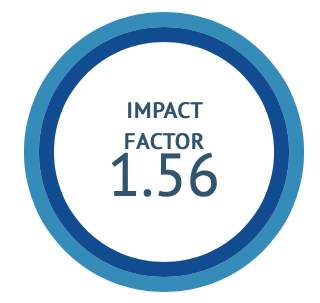Analytical assessment of Sukumara Ghrita using HPTLC and GCMS: Exploring its phytoconstituents and probable mode of action
DOI:
https://doi.org/10.47552/ijam.v16i1.5140Keywords:
Gas chromatography–mass spectrometry, Sukumara Ghrita, HPTLC, Anti-oxidant, Anti-inflammatoryAbstract
Background: Sukumara Ghrita an Ayurvedic ghee-based formulation is renowned for its efficacy in addressing various ailments. Objective: This study employs advanced analytical techniques, specifically High-Performance Thin-Layer Chromatography (HPTLC) and Gas Chromatography-Mass Spectrometry (GC-MS), to comprehensively characterize Sukumara Ghrita and to explore bioactive principles present in Sukumara Ghrita and understand their probable mode of action in treating various ailments. Materials and Methods: The medicine was procured from GMP certified Sitaram Ayurveda Pharma and was subjected to HPTLC and GC–MS analysis after due processing. The methanolic extracts were used for HPTLC and GCMS studies. HPTLC fingerprints for methanolic extracts of Sukumara Ghrita was established with good separation and resolution in solvent system Toluene: Ethyl acetate: Hexane (6:3:1). Results: GC-MS analysis of Sukumara Ghrita revealed the presence of 11 phytochemical compounds. HPTLC analysis detected the presence of 9 and 14 active biological constituents at 254 nm and 366 nm respectively, which remains to be identified. Conclusion: The probable mode of action of Sukumara ghrita can be understood through the action of phytoconstituents screened through HPTLC and GC-MS. The phytoconstituents screened are said to have Anti-oxidant, Anti-hypercholesterolemic, Antihypertriglyceridemic, Anti-inflammatory etc actions.
Downloads
Published
How to Cite
Issue
Section
License
Copyright (c) 2025 International Journal of Ayurvedic Medicine

This work is licensed under a Creative Commons Attribution-NonCommercial-ShareAlike 4.0 International License.
The author hereby transfers, assigns, or conveys all copyright ownership to the International Journal of Ayurvedic Medicine (IJAM). By this transfer, the article becomes the property of the IJAM and may not be published elsewhere without written permission from the IJAM.
This transfer of copyright also implies transfer of rights for printed, electronic, microfilm, and facsimile publication. No royalty or other monetary compensation will be received for transferring the copyright of the article to the IJAM.
The IJAM, in turn, grants each author the right to republish the article in any book for which he or she is the author or editor, without paying royalties to the IJAM, subject to the express conditions that (a) the author notify IJAM in advance in writing of this republication and (b) a credit line attributes the original publication to IJAM.




